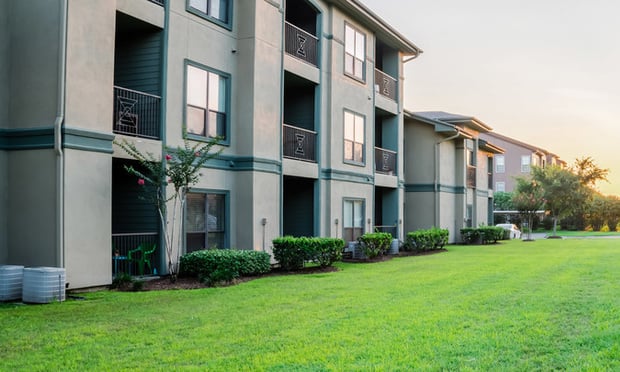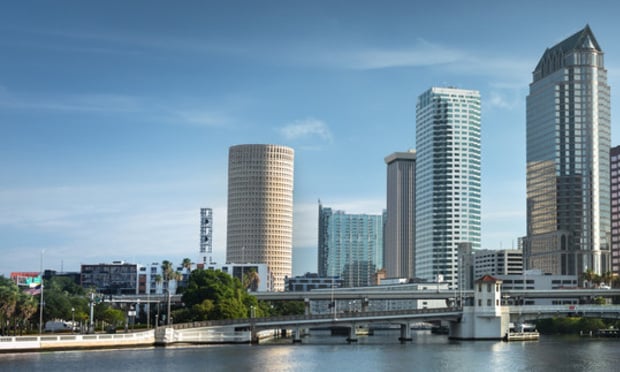Although rent growth had been relatively nominal, demand had been at its peak. Fourth quarter leasing had followed a historical pattern for slow leasing, says M/PF Research in its US Apartment Market Report. The Dallas-based research firm says occupancy has topped fourth quarter 1999 by 1.5 points. The national occupancy rate had averaged 96.4% in December, down just a fraction from third quarter tallies, according to M/PF's calculations. More importantly, the September to December slip had been only about half of the average slide that has been recorded in the past five years.
At the root of a successful period for the multifamily industry had been months of rising interest rates, job concerns and declining stock portfolios. "A continued strong performance in 4th quarter 2000 was encouraging," said M/PF Research editorial director Greg Willett. "More economic uncertainty probably helped apartment communities retain residents during the past few months."
The year-end accounting shows apartment demand had skyrocketed in early to mid-2000. Apartment living apparently had been far more appealing than shelling out the higher cost for a single-family purchase. Attractive rents, incentives and amenities also had boosted demand in many metros, as substantial volumes of new supply coming on stream made for a competitive playing field, according to Willett. The tightest markets in the 57 surveyed are Boston, Newark and Middlesex, where occupancy had hit levels ranging from 99.3% to 99.8%.
Dallas-Ft. Worth had led the nation in absorption with more than 26,000 units. In Houston, absorption had exceeded 20,000 units while Atlanta and South Florida each recorded about 16,000 units. Roughly 10,000 to 13,000 units had been absorbed in Phoenix, Denver, Tampa, Seattle, Washington, D.C., Orlando and Los Angeles.
Rent, on the other hand, seemingly seesawed. The average rent growth nationwide had been 9.1%, but that's skewed by dramatic price surges in markets such as San Francisco Bay-Silicon Valley, Southern California and Boston, says Willett.
A high number of units coming to market had triggered competition that ultimately limited rent growth. "At best, many of the cities with the most active building programs experienced rent growth in line with general consumer price inflation," he says. In turn, rent increases had been held below 3% in Houston, Orlando and Phoenix, with 3% to 4% increases meted in Atlanta, Dallas/Fort Worth and Tampa. South Florida had experienced a 4% to 5% increase; Austin, 9.9%; and Denver, 8%. Washington, D.C., snags the title of rent growth market leader, with a whopping 12.5% increase for existing properties.
Willett predicts this year's new supply will again impact rent growth. M/PF's analysis shows more than 10,000 units are under construction in Atlanta, Austin, Dallas-Ft. Worth, Denver, Orlando, South Florida and Washington, D.C.
The quarterly report includes data and analysis in occupancy, rents and construction activity in 57 metropolitan areas and predicated on surveys of more than 2.7 million apartment units nationwide. M/PF Research's rent growth calculations are same-store measures, comparing rates in December 2000 with rents produced by the exact same communities in December 1999.
Want to continue reading?
Become a Free ALM Digital Reader.
Once you are an ALM Digital Member, you’ll receive:
- Breaking commercial real estate news and analysis, on-site and via our newsletters and custom alerts
- Educational webcasts, white papers, and ebooks from industry thought leaders
- Critical coverage of the property casualty insurance and financial advisory markets on our other ALM sites, PropertyCasualty360 and ThinkAdvisor
Already have an account? Sign In Now
*May exclude premium content© 2024 ALM Global, LLC, All Rights Reserved. Request academic re-use from www.copyright.com. All other uses, submit a request to [email protected]. For more information visit Asset & Logo Licensing.








